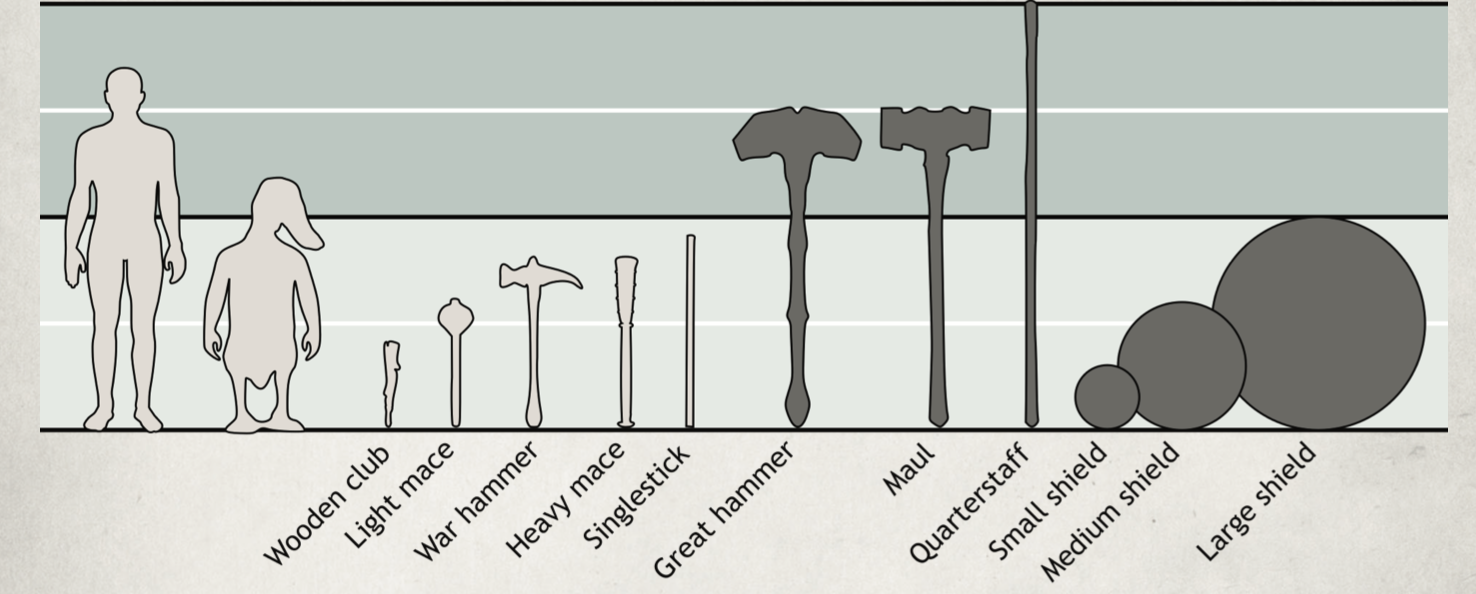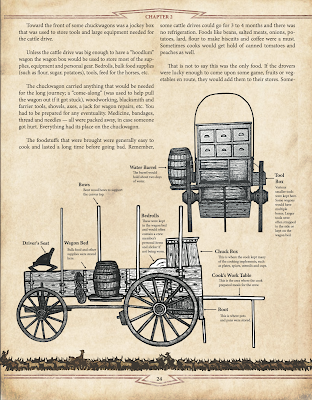MY FATHER LIKED TO ASSIGN BOOKS for me to read. Then he would quiz me about them at the dinner table. One of my clearest memories is of Jame Joyce's Ulysses, which being a mythology nut I clicked with long before my father thought I would. "What do you think about the title?" He asked me. "Ulysses is the Latin name for Odysseus. He is basically saying that any man who leaves his wife to go to work every day and manages to come home to her has experienced the Odyssey for himself."
I don't recall getting any bonus allowance but I should have for that answer. Yes, I am being facetious, but the point here is that heroquesting is easier than you think.
Wait...what?
"Heroquesting" is a magical and religious practice in Greg Stafford's fantasy world, Glorantha. I've written about it extensively both in Six Seasons in Sartar, The Company of the Dragon, and as part of the Chaosium team for an upcoming release. It is, basically, a "vision quest" yet also the same thing that the ancient Greeks invented drama for. The idea is a simple one, if you can think like a Traditional person. The problem is, most of us have never been taught to. Quite the opposite really.
In a nutshell: there is the mortal world inside of Time and the immortal world outside of It. Why does it rain? In the mortal world water evaporated into the atmosphere condenses back into water and raindrops form. But this is the effect, not the cause. No. Let me tell you a story.
Once, the Blue Dragon Vritra swallowed all the waters of the world. Indra, chief of the gods, had the smith god Tvashtr create the "thunderbolt" (Vajrayudha) for him. With it he slays Vritra and releases all the waters of the world from the "blue" sky. In doing so Indra makes himself both the storm and rain god.
Now. In the Traditional perspective, both things could be true. Here inside of Time, water condenses and rains back to Earth. But outside of Time, all this happens because Indra fought Vritra. It formed a pattern, a fact.
And let me stop you before you utter those poisonous words "that is just a myth." You have, as a victim of the Post-Modern world, been taught that only one thing can be true. In ancient India, they were wiser. They also told a story about Indra and rain that had nothing to do with Vritra.
In this tale, a sage is meditating under a tree. Understand, in ancient India, there is nothing more dangerous than pissing off a sage, because they practice austerities, acts of sacrifice that earn them enlightenment and magical powers. Well, the part I have left out so far is that elephants--the sacred mount of Indra--once had wings. They lived in the sky. One elephant alighted on a branch in the tree over the sage's head, and depending on which version you hear, either the branch broke and the elephant's fall disturbed the meditating sage or (more colorfully) the elephant relieved himself and the sage became covered in elephant dung. Ladies and gentlefolk, if you have seen elephant dung, you will understand the sage's displeasure.
So the sage, quite angry, full of Rune points from his many sacrifices, lets the elephant have it. He curses the elephant and all his descendants to never fly again. This leads however to the widespread Indian belief that elephants bring rain. Why? Allow me to paint a picture...elephants are big, gray, thundering, and shoot water from their trunks. Basically, they are clouds. The idea goes that the sky elephants like to visit their terrestrial kin and bring the rain with them.
So, you that is just a myth crowd, the Indians had two stories about Indra and rain. They considered both true, and at the same time their philosophers knew perfectly well rain occurred because water evaporated, rose up, cooled and condensed, and came down. These people were not stupid. We get chess and the concept of Zero from them. But all of these things could be true. All of these things were true. Because condensation is a fact of the mortal world. Flying elephants and Vritra are facts of the immortal world. Facts of the immortal world are called Myths, meaning a story that is true, but we are only capable of grasping a fraction of. Myths can contradict themselves because each is a facet of the Truth.
Glorantha assumes the Traditional viewpoint is the correct one (except for some of those nasty Malkioni, the Westerners who deny the reality of Other People's Truths and assume they know the One True Way).(1) As a consequence the peoples of Glorantha have a wide variety of myths. Heroquests are when you leave the mortal world, enter the immortal, and experience the truth of it for yourself.
This brings us back to vision quests and Greek drama. These were both attempts to leave the mortal world and interact with the deeper, richer, immortal one. Playing RuneQuest is another form, leave the round mortal world for the flat immortal one. So at last, we return to James Joyce.
Heroquesting is easier than you think.
People new to RuneQuest often have a lot of trouble with the concept. "Cross over? Cross over to where?" "What does it look like?" "What are the game mechanics?" "What do we do there?" Well I have answered these. Simon Phipp has answered these. Chaosium will soon give a definitive answer to these. But if you are asking "what is heroquesting?" and you expect a rules answer, you are never going to get there.
Heroquesting is a perception. It is the sheer acceptance that everything mundane is also sacred and magical. That everything local is also infinite. That your experiences are the experiences of heroes and gods. That the simple act of going to work and coming home to your wife everyday is the Odyssey.
It is my habit to write in the mornings and then take a walk. Bear with me here.
I live in Tokyo, one of the most urbanized places in the world. Across the street, however, is a river, and across that river is a large park stretching for kilometers along the water. My walks there are heroquests.
1. At a sacred time (my afternoon break) I go to a sacred place (the edge of the bridge).
2. Before I go I prepare myself. Soma is hard to get these days so I settle with the traditional Orlanthi Widebrew: I have a libation before I set out. This is my entheogen.
3. Fortified I "cross over" (the bridge) to the "Other Side" (in this case of the river.
4. I follow a Path. This is a path laid out by those who came before me. In this case, a literal one, but in Glorantha, a story or Myth.
5. Now the trick on any sacred journey like this one is to experience it as the immortal world, not the mundane. Everything that happens is part of the Myth. It is all pregnant with meaning. Today, as soon as I had "crossed over" I was set upon by Heler, the God of Rain.
6. Now I was armed against their attack (Heler is non-binary). Having consulted sages beforehand (the weather channel) I knew he was lurking. I had the Sacred Shade Maker and Rain Shield (an umbrella).
7. Still, Heler was right wroth (okay, I am straying into Pendragon territory with the vocabulary there). So I sought shelter amongst the daughters of Aldrya (I hid under trees).
8. I was not alone long in my shelter. Grandmother Mortal (random Japanese pensioner) emerged from the woods to join me. She was not armed against Heler.
9. We spoke awhile shielded by the daughters of Aldrya. I soon realized this was the climax of the heroquest, the supreme test. So I insisted she take my Sacred Shade Maker and Rain Shield. I knew, of course, that all heroquests require a sacrifice after all.
10. Let before I left, she bestowed upon me a Boon. Grandmother Mortal instructed me on Fate. "I thought I would be soaked and get pneumonia tonight, but then I ran into a kind young man who helped me. This is what my grandmother taught me. If you have faith in things they usually turn out right." With this Boon I undertook the Return and faced the fury of Heler alone.
11. Finally, the most important part of any heroquest, I came back to share the story with my Tribe.
So you see, when you sit down to write or run a heroquest at your table, don't get hung up on The Myth. There is never The Myth. There are infinite ones. Don't get caught up on the details of the Hero Plane or the gods encountered or the stages of Campbell's bloody Hero's Journey. Like Joyce, just have them go out the door but make the experience mythic. They are already on a flat world shaped by the gods, draw attention to that, make it feel myth, and understand that anything undertaken during the quest has Mythic Import.
Do that, and you have a heroquest.
(1) Usually I avoid footnotes, but this one is too good to resist. Greg Stafford's cultures all derive from various global myth-types. Orlanthi mythology is built on the old Indo-European model, for example. But the Malkioni, with their One God and their humanistic materialism and their science and their colonialism, are clearly Western mythology...basically Greg's way of saying that our absolute assurance that elephants never flew and Vritra is just a myth is itself just a myth. The God Learners were reductionists like Marx or Fraiser or Freud who thought they could reduce global mythologies to a single theory, and the world destroyed them for it. And like the God Learners, our empire is being threatened by the seas rising from the consequences of our arrogance.










